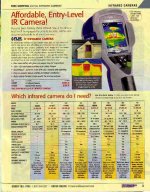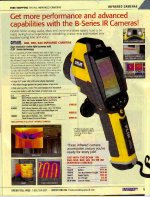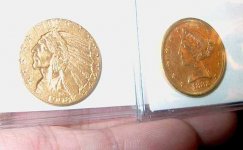hung
Sr. Member
- Jul 16, 2009
- 274
- 6
- Detector(s) used
- Tubedec A9000, Mineoro FG90, OKM Bionic X4
- Primary Interest:
- Other
Real de Tayopa said:Good mornin hung: You posted --> UV-B is most intense during summer time
=========
¿May I ask your interpretation as to why?
Don Jose de La Mancha
Hi Tayopa.
This is a very good question.
We have most UV-A hitting Earth (about 99%). Which means only a very small amount is UVB.
Considering that winter time in the north hemisphere contains a lot of snow, I believe the albedo is the responsible agent for that.
North hemisphere presents a high albedo causing a high amount of UV radiation reflection. During the summertime, on the other hand, this albedo lowers and allows for an increase of UV penetration, UV-B included. This UV-B as you know, is highly nocive for skin.
I see you are from Mexico. Countries generally in lattitudes closer to the Equator, have much lower and noticeable differences among winter and summer seasons for instance. In Brazil, specially the northeast region, winter and summer almost do not differ, as opposed to what happens in the NH.
Due to the position of Earth in relation to the Sun regarding the Equator, the incidence of solar rays are direct and much more concentrated.
Regards.






 But I was agreeing with you. My camera "sees" gold in every image I ask it to take of gold.
But I was agreeing with you. My camera "sees" gold in every image I ask it to take of gold.


